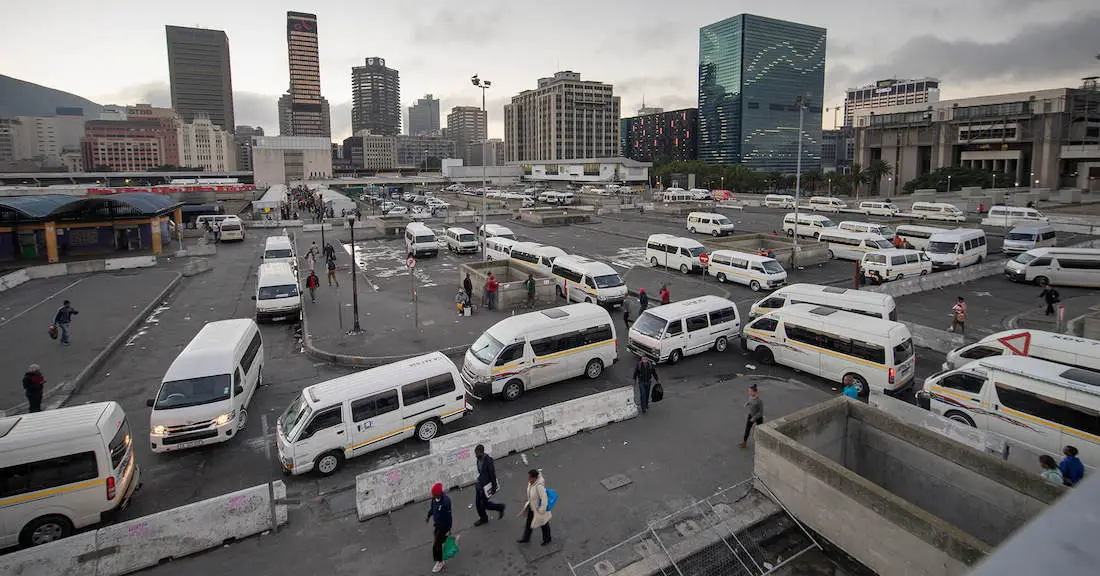The Evolution of Congestion Pricing in London (and Learnings for Other Cities)
Back in the early 2000s most visions of future urban mobility involved some kind of congestion pricing. For a time, it seemed that cities all over the world were considering, planning or launching schemes which charged motor vehicle users to enter key city streets, including London in 2003.
Congestion pricing buzz soon seemed to fizzle out but London, from a governance perspective at least, mostly ignored the haters, embracing its scheme and making tweaks over the years. In recent days, those tweaks have been some of the biggest yet, driven by the impact of COVID-19 on the finances of Transport for London. So what’s happened in the English capital, and what can other cities take from this? Read on.
A Brief Recap: From 2003 to May 2020
The London Congestion Charge (C-Charge) launched on the 17th of February 2003. For most vehicles entering the charging zone between its operating hours of 07:00 and 18:00, Monday to Friday, the cost was the modest sum of £5.
A review was undertaken six months after launch, with the first change rolled out in July 2005 when the C-Charge increased from £5 to £8 – a whopping 60%. Though traffic had reduced at the original price point, the cost was seen as too low to be an effective deterrent in the longer term (not to mention the scheme’s substantial operating cost).
In 2007, the charging zone doubled in size after a Western extension. The original area covered only 1.5% of Greater London and 5.2% of its residents and, despite an earlier public consultation (famously called “not a referendum” by Mayor Ken Livingston) finding a majority of residents in opposition, it was extended in February 2007.
Consultation on CO2-based charging began in 2007, resulting in a proposal for a sliding scale charge for cars based on emissions. After the election of new Mayor Boris Johnson in 2008, this was scrapped, and another public consultation on the Western extension, at this point in operation for just over a year, was launched in September 2008. Perhaps unsurprisingly, sentiment had not transformed in that time, and 67% of respondents called for its removal.
January 2011 saw the Western extension abolished and C-Charge for the remaining original zone increase by 25% to £10 (£12 if paid the day after entry). An auto-payment scheme was introduced, offering a discounted daily price of £9, billed monthly.
A further increase of 15% – the smallest yet – occurred in June 2014, taking the C-Charge to £11.50. Road pricing to reduce emissions remained a priority in London, albeit in a different manner, and in July 2014 Johnson announced that planning was underway for an Ultra Low Emissions Zone (ULEZ), located in the same geographical area as the C-Charge but with stricter emissions standards.
In October 2017, shortly after election, new and current Mayor Sadiq Khan introduced a supplementary toxicity charge (T-Charge) in the same area, and during the same operating hours, as the C-Charge. The T-Charge saw older and more polluting cars and vans paying an additional £10, though the scheme was effectively a stop-gap before its planned replacement by the ULEZ.
The ULEZ launched in the C-Charge zone in April 2019, but operating 24 hours a day, 7 days a week. The most polluting cars, vans and motorbikes are charged £12.50 a day, with lorries, buses and coaches charged £100, both in addition to the C-Charge.

Though launching in the same geographical region as the C-Charge, the ULEZ will extend to the entirety of inner London within its North and South Circular roads from October 2021.
On the 15th of May 2020, as a result of a UK-government bailout following a 90% collapse in revenue due to the impact of COVID-19 on travel, Transport for London announced a 30% increase in the C-Charge. From June 2020, London’s C-Charge will now be £15 and operate between 07:00 and 22:00, seven days a week. For those with a good memory and basic arithmetic skills, that’s the biggest increase in cost since 2005 and a charge three times its original amount. Though planned for only a year, a review towards the end of this period will consider making it permanent.
Learning: Get the Branding Right
London’s congestion pricing journey demonstrates the importance of branding. For London, and most cities, congestion pricing has never solely been about managing congestion. If it was, there would have been no discounts for low emission vehicles, whose impact on congestion is the same as any other vehicle.
The congestion charge brand was damaged in London by the roll-out and removal of the Western extension. Psychologically, for many drivers, congestion is something caused by others – the origin of the “you aren’t stuck in traffic, you are traffic” argument.
These factors justified a re-positioning of the road pricing brand in London. The T-Charge and ULEZ both launched in the same geographical area as the C-Charge, but as separate schemes. This was a branding fresh start, built around the clearer, more accurate and more agreeable goals of reducing toxicity and emissions.
Learning: Incremental Change is More Than OK
The launch of a congestion charging area is just the beginning of a city’s experience with road pricing, even if it would feel like a celebratory end point in today’s era of seemingly-non-existent urban road pricing scheme launches.
In London, adjustments to the scheme’s pricing have been made over time, offering the opportunity for optimisation based on usage data. Incremental changes have allowed a tightening of restrictions on vehicle exemptions, typically following internationally agreed sustainability standards. Launching a charge with restricted hours was followed by supplementary schemes with longer hours, and now, extensions to the operating hours of the core congestion charge. Even the city’s evolved branding approach could be seen as an example of incremental change deemed necessary based on evidence from the scheme’s use (and perception).
London’s experience shows how incremental changes can be used to gradually and subtly increase the ambition, scope and impact of congestion pricing, familiarising road users with the existence of such schemes and ensuring a sufficient level of acceptance.
Most of All: Just Get Something In Place
Would London have the road pricing it has today had the 2003 goal been an Ultra Low Emissions Zone of the scale and ambition of its 2021 plans? I’d expect not. There is a clear argument to not get bogged down in idealism or perfectionism, instead aiming to just get something in place and go from there.
This gives a city the opportunity to change its scheme over time, as London has done with pricing, standards and branding strategy. By overcoming the first hurdle and getting a scheme in place, London has ended up with another tool to shape its mobility environment, changing how that tool is used as needs change.
This is advantageous at any time, but especially so when considering the challenges faced today. COVID-19 has seen countless cities enter states of lockdown. In London, government advice is to not use public transport unless absolutely essential, with walking and cycling encouraged wherever possible. But in a city and country where promotion of the motor vehicle has been the norm for decades, these circumstances will inevitably result in a pull back towards the car. Thankfully, when trying to keep the city moving in a safe, responsible and sustainable way during challenging circumstances, London’s road pricing setup means it has one more way of trying to shape that outcome than most cities.
Photos: Steven Lu, Transport for London



